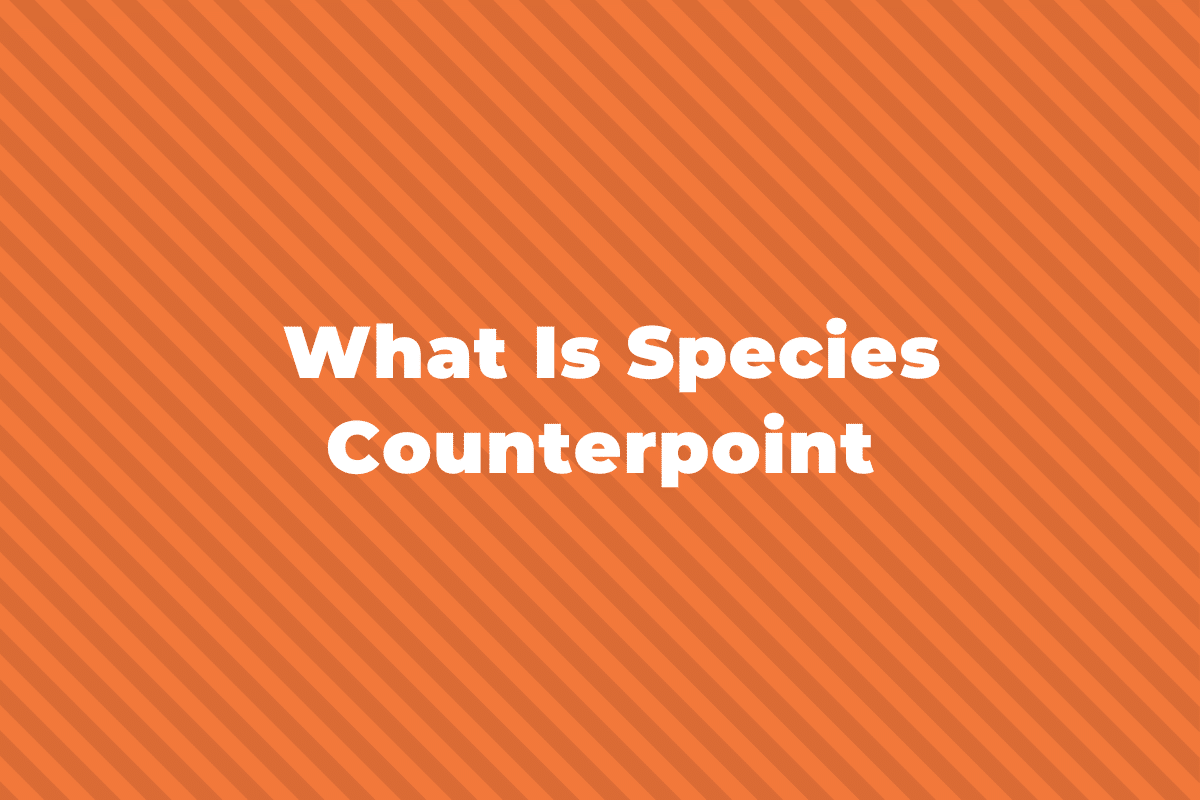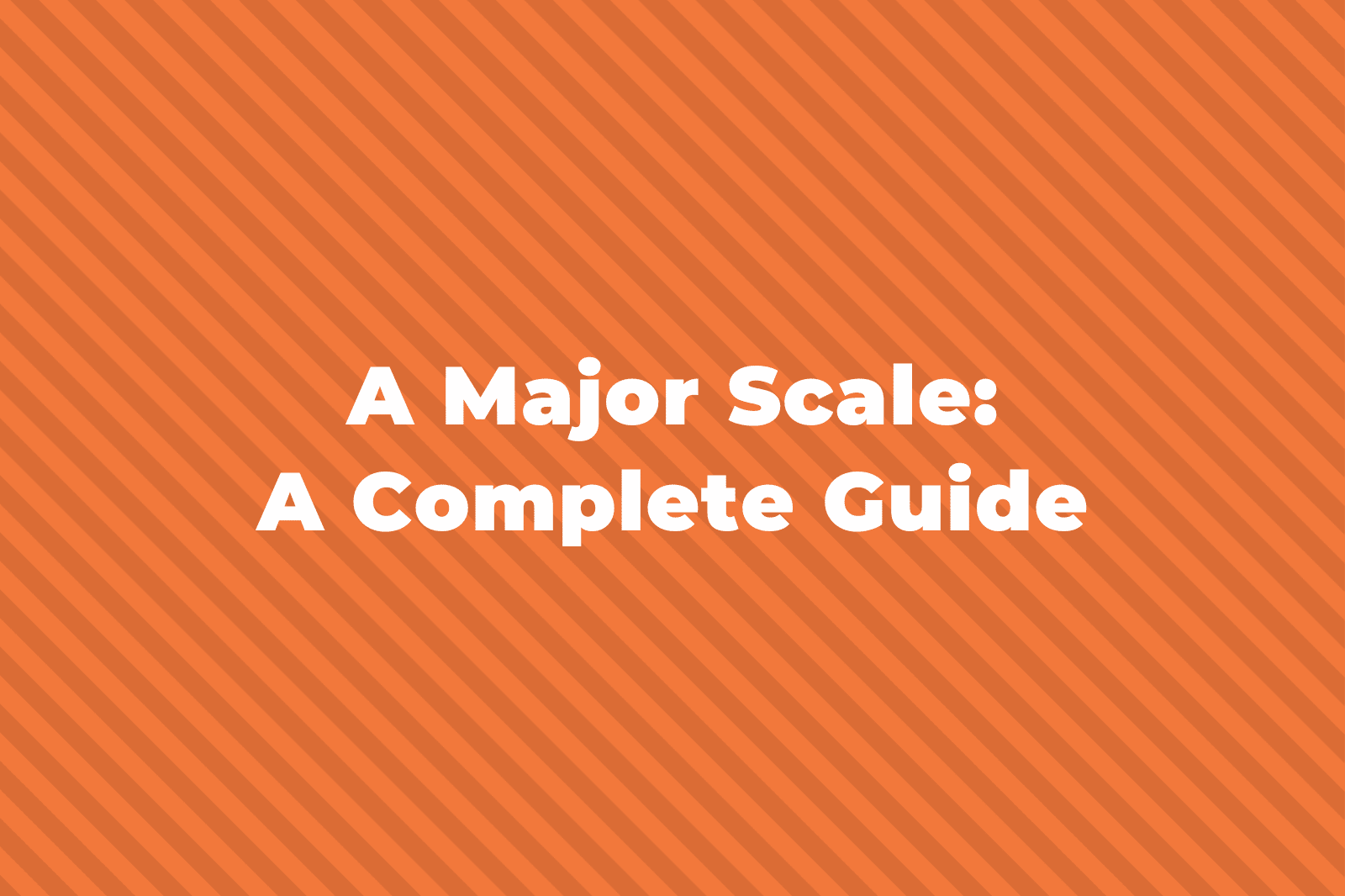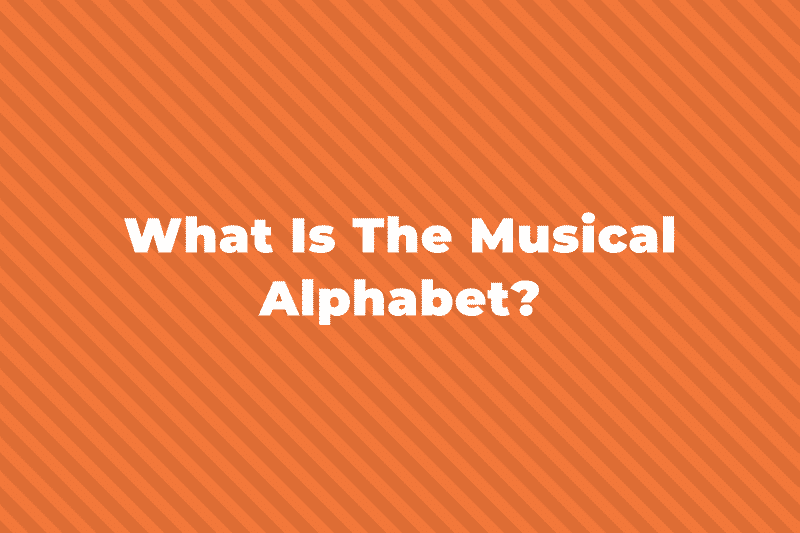There are certain scales and keys that can be thought of as related to other scales and keys. One example that is frequently used to associate different keys is when you have parallel keys and relative keys. You might have heard these terms before, especially when talking about minor scales and keys.
In this post, we will explore the difference between Relative Minor and Parallel Minor. What do they both mean and how do we figure out what they are? First, however, let’s go through a quick general recap of major and minor scales and keys.
Major vs. Minor – Scales and Keys
A scale in music is a group of pitches that are all played in order – either ascending or descending.
Here’s an example of an ascending and descending G Major scale.
It has the notes G – A – B – C – D – E – F# – G with G being the tonic, also known as the keynote.

A key, on the other hand, is when a song uses all the notes from a specific scale, but not necessarily in the order of a scale.
For example, here’s a melody written in the key of G Major.

The difference between a major scale and a minor scale is the pattern of tones and semitones between the notes of their scales.
The major scale follows this pattern:
Tone – Tone – Semitone – Tone – Tone – Tone – Semitone
And the minor scale follows this pattern (this is for the natural minor scale, which is the main one):
Tone – Semitone – Tone – Tone – Semitone – Tone – Tone
With every major or minor key, there is both a corresponding relative and parallel key of the opposite kind – so a major key has both a relative and parallel minor key, and a minor key has both a relative and parallel major key.
Let’s first look at what a relative key is to help explain this.
What is a Relative Minor?
In music, the key of a song or piece is usually figured out by looking at the key signature.
This is how many sharps or flats are in a piece of music, and it’s typically found at the start of each bar line, and at the top of the piece right between the clef sign and time signature.
So in the key of E major, the key signature is 4 sharps:

However, there are always two scales – and therefore two keys – that have any one specific key signature.
There’s one major scale and one minor scale, and this is how we get the relative minor.
Relative keys are the major and minor scales that have the same key signature – so if we know the key signature for a major scale, we can figure out its relative minor.
All we do is move down three semitones from the root (or tonic) note of the major scale.
With an E Major scale, we move down three semitones to get to C# – so the relative minor of E Major is C# minor.
The other way to figure it out is, if you know all the notes of a specific major scale, the 6th note would be the tonic note of the Relative minor.
The E Major scale is: E – F# – G# – A – B – C# – D# – E, and the 6th note of that scale is C#.
What is Parallel Minor?
The Parallel minor is in one way a lot easier to figure out than Relative minor.
You don’t need to count any semitones to figure out Parallel minor, because it shares the same tonic note as its Parallel Major.
So, with E major the Parallel minor is E minor.
However, unlike Relative keys, the key signature of each parallel key is very different.
The E Major key signature was shown above – it has 4 sharps.
The key signature for E minor only has 1 sharp.

So, how do we figure out the key signature of our relative minor key?
There are two ways.
Firstly, you can count the number of sharps/flats in the Major key signature and subtract three sharps/add three flats to get to the parallel minor.
Like E Major ⇨ E minor goes from 4 sharps ⇨ 1 sharp. Also C Major ⇨ C minor goes from 0 sharps/flats ⇨ 3 flats.
You can use the circle of fifths to help you work this out.
Another way is to take the tonic note of the Relative Major scale (E for E Major, C for C Major, etc.) and move three semitones up.
This is basically the opposite of the way we figured out the Relative minor, because in this case we’re starting with a minor (E minor) and trying to figure out the key signature for it.
So E minor has the same key signature as G Major (three semitones higher) and C minor has the same key signature as Eb Major.
Relative vs. Parallel Minor Summed Up
To show the difference between Relative minor and Parallel minor, here are two examples showing the Relative and Parallel minors of E Major.


The Relative minor keeps the same key signature from the Major key, but changes the starting tonic note.
The Parallel minor keeps the same tonic starting note, but changes the key signature.
We hope that this article has helped you figure out the difference between Relative and Parallel minor, and especially how to find the tonic note and key signature for each.



